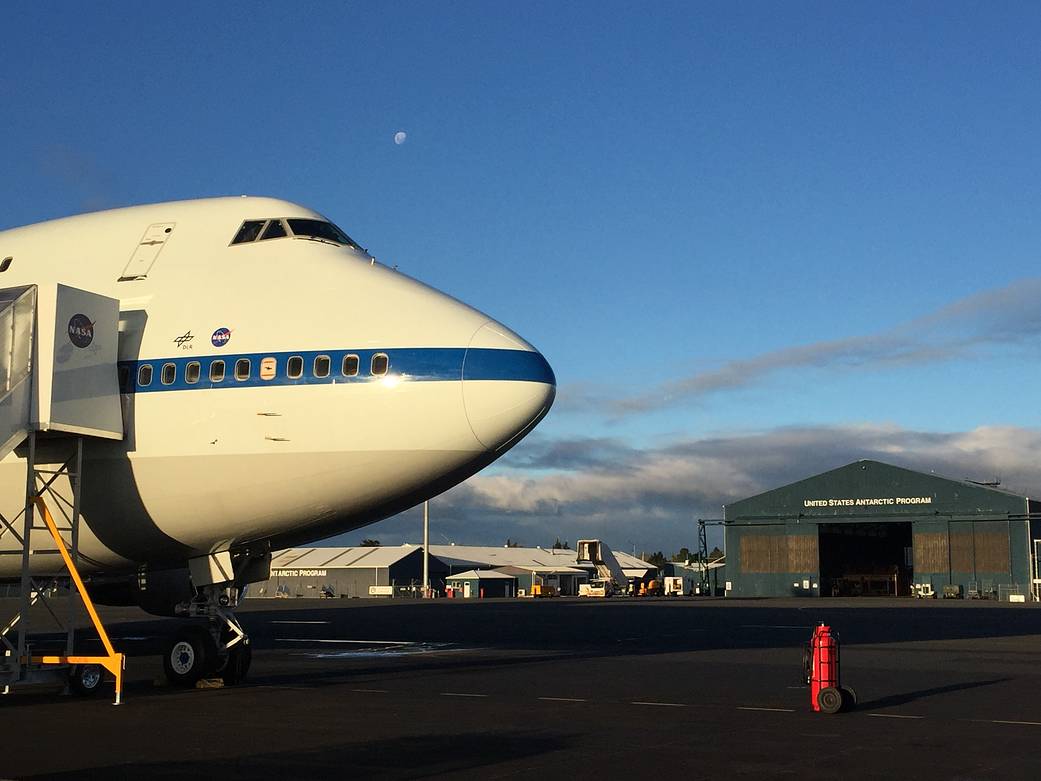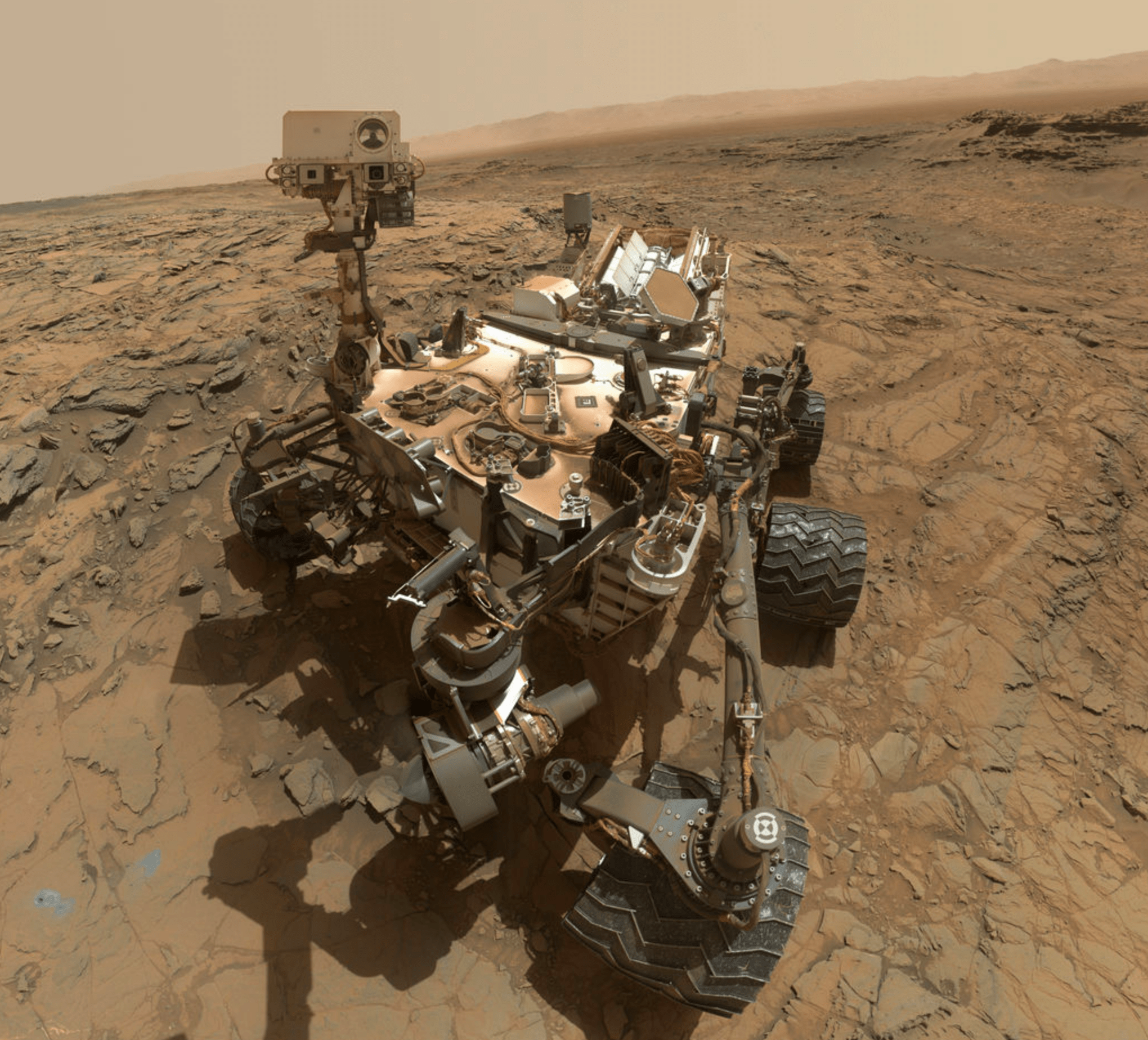
JWST
The James Webb Space Telescope is NASA’s next orbiting observatory and the successor to the Hubble Space Telescope. A tennis court-sized telescope orbiting far beyond Earth’s moon, Webb will detect infrared radiation and be capable of seeing in that wavelength as well as Hubble sees in visible light.
Kepler
The planet-hunting spacecraft and its continuing mission that revealed there may be at least one planet orbiting every star in the sky.

K2
Community-driven Guest Observer Program spacecraft that extends Kepler’s mission by observing planets orbiting stars in the ecliptic plane.
SOFIA
An infrared telescope onboard a 747 aircraft so unique astronomical observations can be taken above 40,000 feet in our solar system and far away galaxies.
Mars Science Laboratory’s CheMin
A mineralogy instrument on Mars Curiosity Rover to determine if life ever arose on Mars…” by seeking to “identify and characterize past or present habitable environments as recorded in sediments and rocks”.

Resource Prospector
A lunar rover designed to be the first mining expedition on another world. The lunar demonstration will be focused on processing regolith to acquire water and determine its availability and distribution. An equally important objective will be to process the regolith to demonstrate our ability to extract oxygen from the minerals in the regolith.
Ames Coronagraph Technology Development
The Ames Coronagraph Experiment (ACE) is a laboratory test-bed for testing and refining the optical performance of a promising architecture that may enable NASA to directly image extra-solar planets in the future.

BASALT
Performing real science fieldwork while simulating space exploration surface operations in Mars-like terrain on Earth

FINESSE
A field-based research program aimed at generating strategic knowledge in preparation for the human and robotic exploration of the moon, near-earth asteroids and Phobos & Deimos.

New Horizons
A spacecraft mission to help us understand worlds at the edge of our solar system by studying Pluto and the mysterious Kupier belt.
MAP-X
Imaging technology for Future Lunar and Mars Exploration Missions.
Life Detection
Microfluidics technology development for Future missions to Icy Bodies like Titan and Enceladus
EXCEDE
An instrument that will use the innovative PIAA architecture and a small 0.5-meter diameter telescope to directly image and characterize the remnants of dusty debris disks from which planets presumably formed around nearby stars. (Ames Teaming w/University AZ).
































